The history of automotive has proven that diversity is an important key for innovation and meaningful growth in the industry. In that vein, different engine configurations offer unique advantages. Case in point: engine variety makes it possible for a wide range of vehicles to meet various motoring, transportation, and automobile ownership needs. Take the V4 engine, for example.
If you're reading this right now and confusing the V4 for your popular inline-4 or 4-cylinder engine, let's just say that you, more than any other person, need to read this article to the last ink. We'll also discuss how both 4-cylinder configurations differ or compare. The V4's compact design and efficient power delivery has, though comparatively short-lived, carved a niche for itself in the history of automotive propulsion.
As such, it amounts to a disservice to simply forget the V4, which is why we’re doing this today – diving deep into the intricacies of V4 engines, their benefits, applications, why you don’t see them anymore, and even why a V4 might be the perfect fit for your next build.
Related Reading: V12 Supremacy: The World’s Top 17 Most Powerful V12 Engines In 2023 And The Cars Using Them
The Basics of V4 Engines
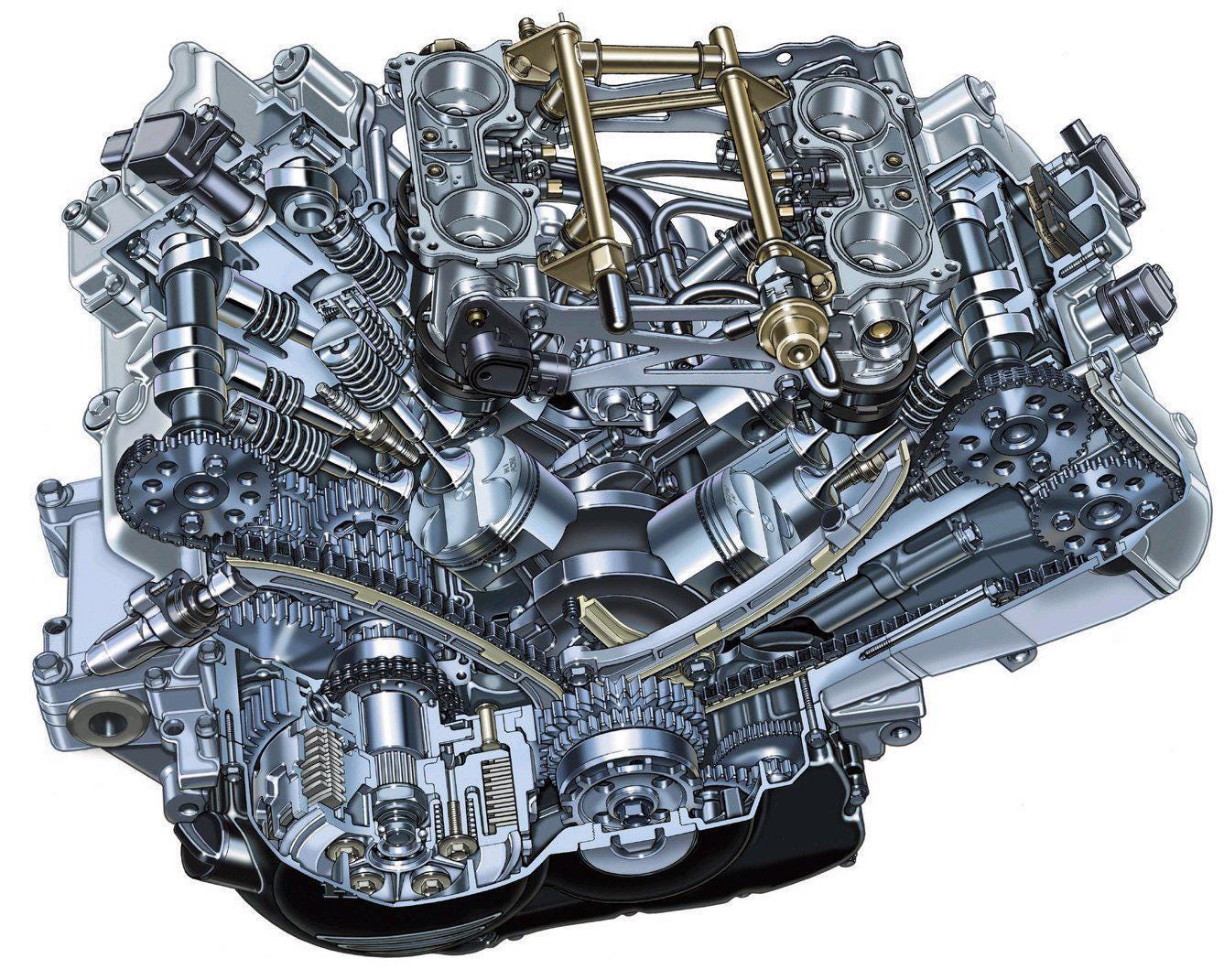
The V4 engine configuration, as the name suggests, consists of four cylinders arranged in a V-shaped pattern. This layout’s compact design made them an attractive option for smaller vehicles where space is a premium. Note, the V-design isn’t a dinosaur today for lacking in power.
The V4 performs admirably, offering a balance between power output and fuel efficiency. The V4 engine differs from the more common inline-four and V6 configurations in several ways, the most glaring of which is the inline-four’s design placing all four cylinders in a straight line, while the V6 arranges six cylinders in a V shape.
In other words, the V4's design combines elements of both, which we like to think is a compromise between the space-saving benefits of an inline-four and the power of a V6. It’s that good.
What’s Special About V4 Engines?
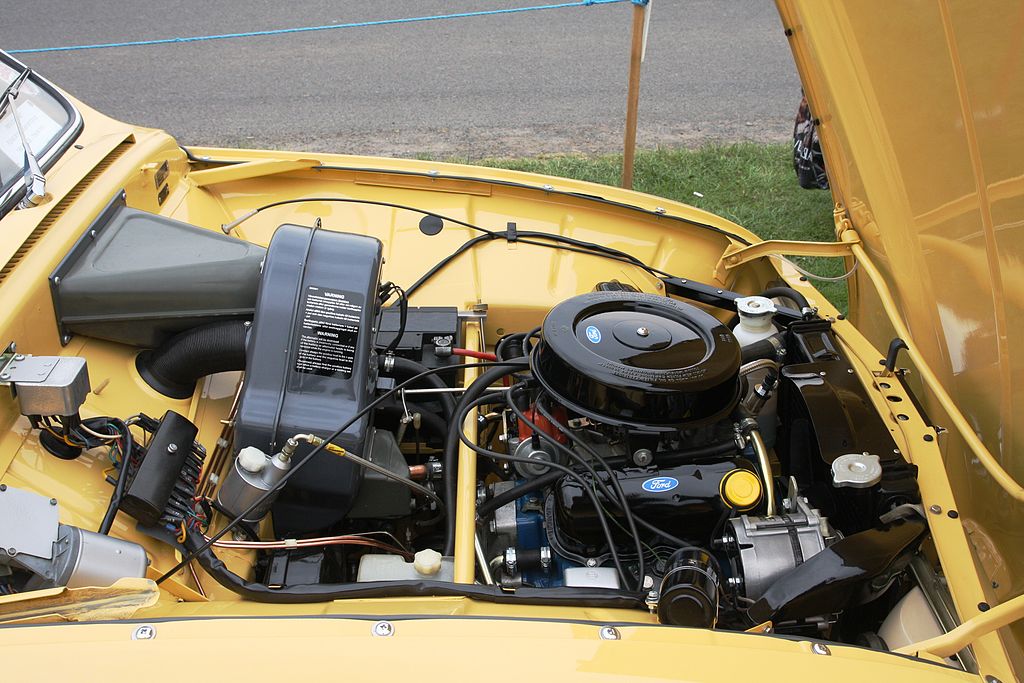
- The V4’s primary advantage is its compact size. Thanks to the V-shaped configuration, the engine block's length is significantly shorter vis-a-vis inline (or straight) engine configurations. This allows for more efficient use of space within the vehicle because it frees up room for other components or passenger and cargo space.
- Another thing is that V4 engines excel in terms of balance and smoothness. That’s because the V-configuration results in a natural balancing of forces, resulting in a significant cut in engine vibration and the delivery of smoother operation. So, the V4 ultimately offers an enhanced driving experience because there’s less noise and jarring.
- Another notable advantage of V4 engines is their fuel efficiency. As you can imagine, the engine’s compact design and smaller displacement often result in improved fuel economy compared to larger V6 or V8 engines. You might want to make that the first reason a V4-configuration should be on your radar. You save money on gas and have the satisfaction of making an environmentally friendly choice.
Who Uses V4 Engines?
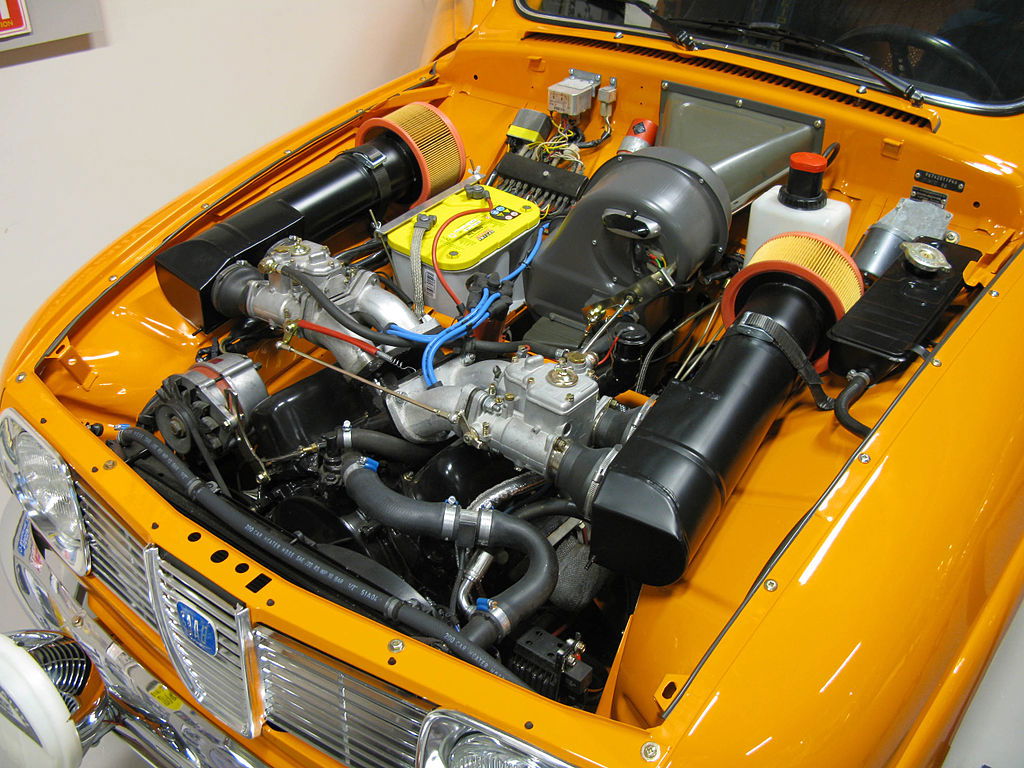
While V4 engines aren’t as ubiquitous in passenger cars as inline-four or V6 engines, they have found significant application in other types of vehicles. Motorcycles, for example, often employ V4 engines due to their compact size, balance, and power delivery.
Notable examples include models from Honda, Yamaha, and Ducati. By the way, if you're a motorcycle enthusiast, you should definitely check out this American muscle bike giving Harley Davidson a pulse to think. Beyond motorcycles, V4 engines have found application in light aircraft, where their combination of compact size, power, and reliability is rather critical.
V4s have also found homes in some types of marine engines as well as in certain industrial applications. The Wisconsin automotive company called Wisconsin Motor Corporation is a good case in point. The company built gas V4s for industrial, agricultural, and stationary machine applications in the 1930s. Speaking of the 1930s, let’s roll back for a quick history of the V4 engine.
The Historical Journey Of V4 Engines
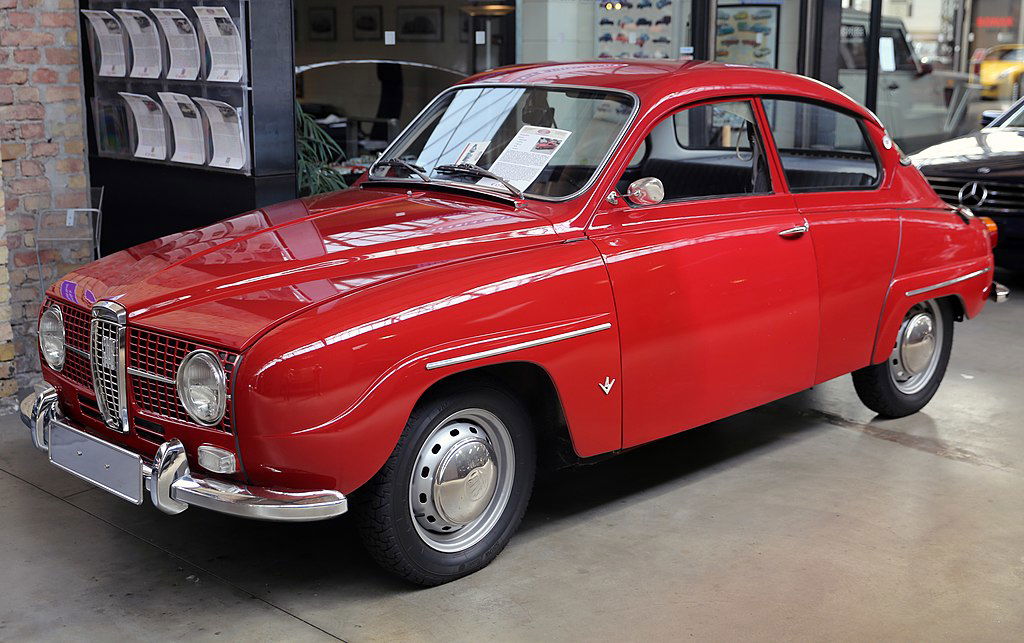
It’s on record that the V4’s journey began in the early 20th century when Italian car manufacturer Lancia introduced the first V4 engine in its "Lambda" model in 1922. Lancia's V4 was compact, light, and innovative for its time, offering impressive power and efficiency for the vehicle’s size.
The Lancia V4 was not only efficient but also marked a significant improvement in the vehicle's drivability. Since the compact design minimized vibrations, the ride quality was smoother and more comfortable. Thus, the V4 engine became a hallmark of Lancia vehicles and remained in production until the 1970s.
V4 Engines In Motorcycles
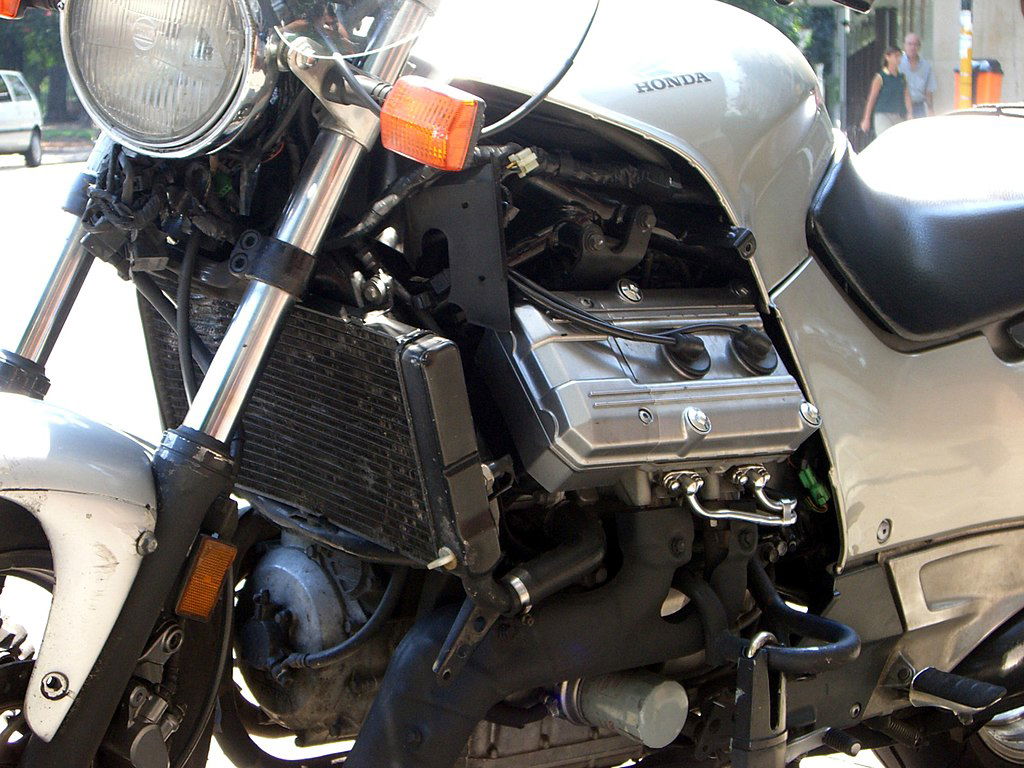
As stated earlier, V4 engines did not see widespread applications in automobiles, but they found a home in the world of motorcycles. Several motorcycle manufacturers began experimenting with V4 engines in the late ‘70s and ‘80s, attracted by their balance and compact size.
One of the most notable examples is the Honda VFR series. Introduced in 1982, the Honda VFR750F got propulsion power from a liquid-cooled V4 engine that promised power and smoothness. This combination proved to be a hit, and the V4-powered VFR series remains in production to this day.
Modern V4 Engines
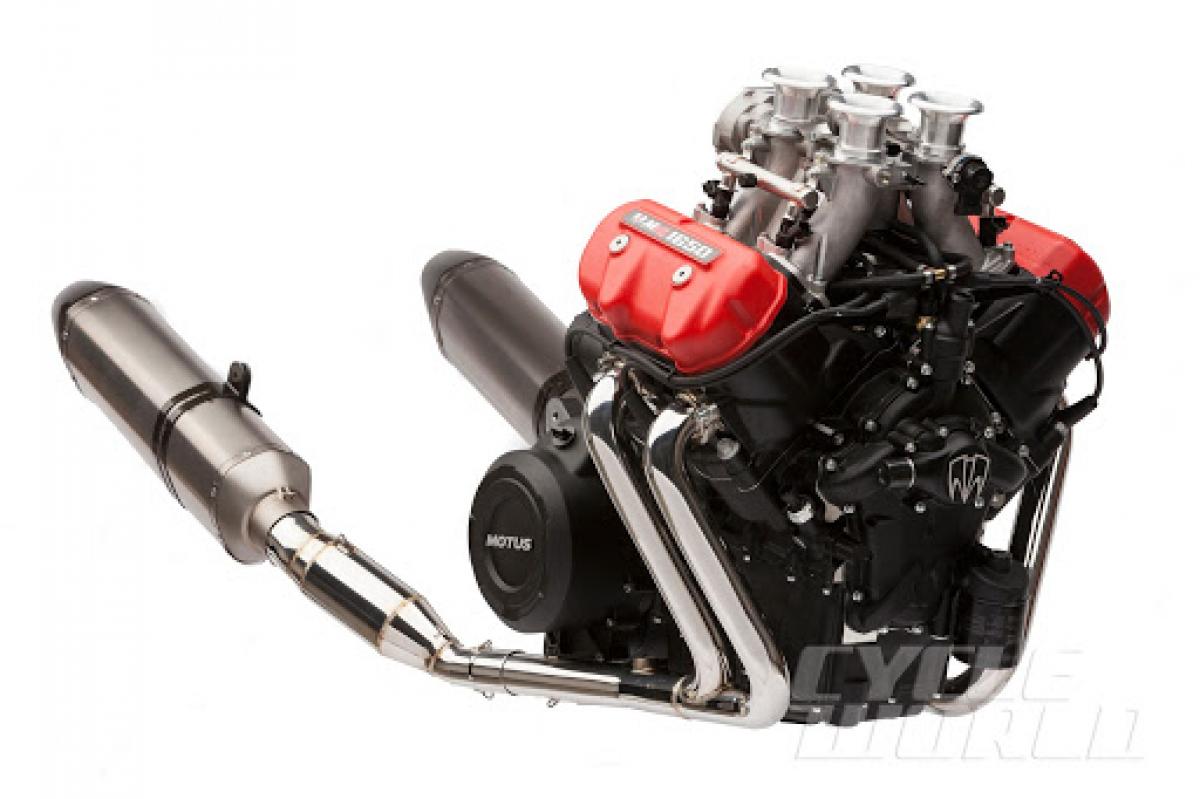
It's notable that, while they're rare, interest in the V4 engine has seen a resurgence in recent years, particularly within the motorcycle industry. Brands like Ducati and Aprilia have embraced the V4 configuration for their high-performance sportbikes.
Ducati’s Panigale V4, for instance, leverages the V4 engine's balance and compact size to deliver high power outputs while maintaining a manageable size and weight. So, it’s safe to conclude that the history of the V4 engine is a testament to the continuous innovation and evolution in the field of automotive engineering.
From the early beginnings with Lancia to the high-performance motorcycles of today, the V4 has demonstrated its unique advantages time and time again.
Related Reading: Here Are The 11 Most Powerful V6 Engines Ever Made (A Current List)
Why You Rarely See V4 Engines
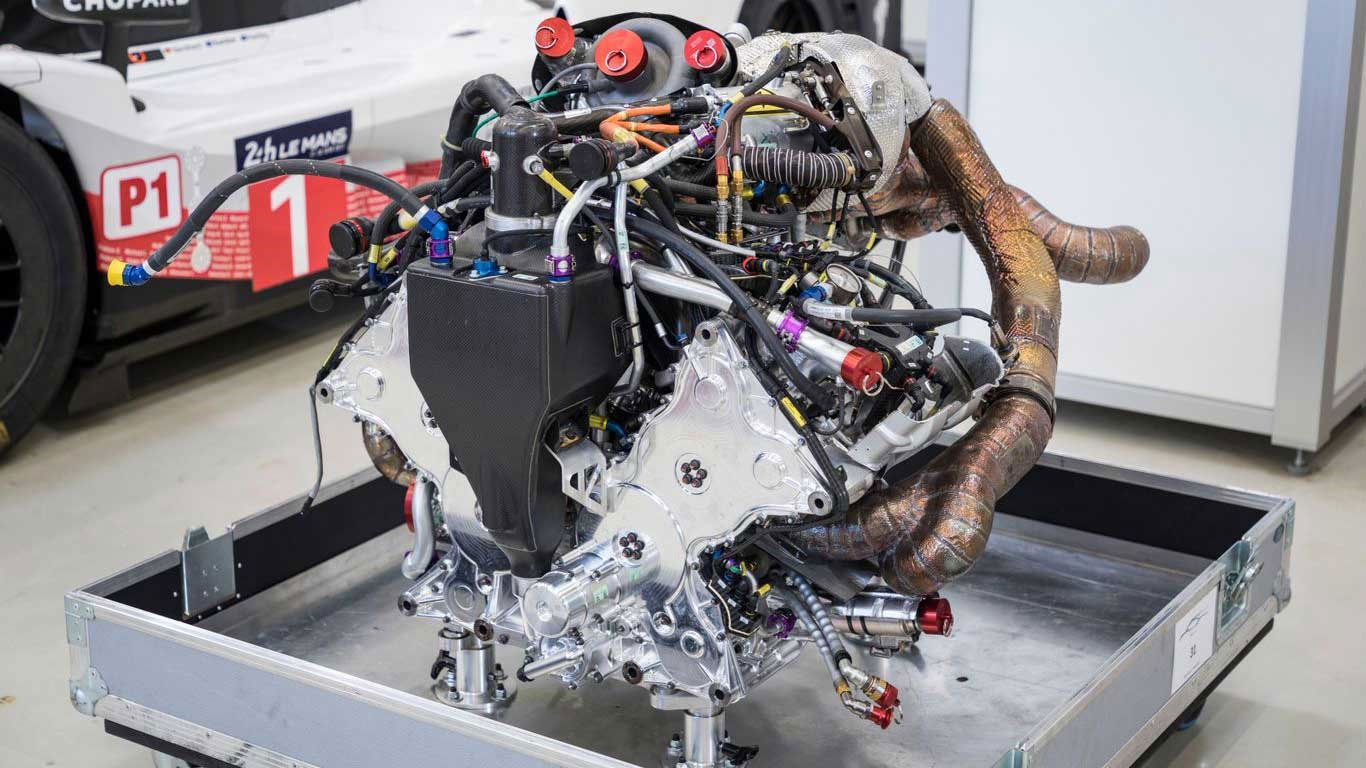
The V4 is a bit of an enigma in the diverse world of engine configurations. It's even more so because, despite its unique blend of compactness, balance, and efficiency, it remains a rarity in the automotive industry. So, why is the V4 engine so rare despite its apparent advantages?
The Challenges Of V4 Engines

- Manufacturing Complexity: One of the primary reasons V4 engines are rare is the complexity involved in their manufacturing. Compared to inline-4 engines, V4 engines require a more complex design and assembly process due to their V-shaped cylinder configuration. This complexity led to higher manufacturing costs, ultimately making the V4 less viable for mass-produced vehicles.
- Cost of Maintenance: The complexity of V4 engines doesn't end with their manufacture. Maintaining a V4 engine can also be more difficult and expensive. The unique configuration can make some parts of the engine harder to access, increasing the time and cost of repairs. In contrast, the inline-four’s straightforward design makes them easier and cheaper to maintain. So, it’s a no-brainer which way the wind would blow between the straight-4 and V4.
- Lack of Demand: Perhaps the most significant factor in the V4 engine’s rarity is simply a lack of demand in the automotive market, and the first two factors above explain that lack of demand. The mass market wants reliable, efficient, and affordable vehicles, and the V4's complex design didn't help much with that. While V4 engines offer efficiency and performance, their higher manufacturing and maintenance costs ultimately lead to higher vehicle prices. In the mass market, where cost is often a decisive factor, the more affordable inline-4 engines easily became the golden child.
So, what’s the moral of this story?
Well, the V4’s rarity proves one thing: power and efficiency aren’t enough in automotive engineering. Factors like manufacturing complexity, cost, and market demand all play crucial roles in shaping the landscape of engine configurations.
Even so, the V4 engine has found its niche in light aircraft, marine, industrial, motorbikes, and even some modern automobile applications (we’re looking at you, Porsche 919 LMP1 Le Mans car and those mid-engine Ford Mustang concepts), demonstrating that there's a place for every type of engine in this diverse field.
Speaking of some modern automobile V4 engine applications, let’s take a quick look at three notable car models that have utilized V4 engines throughout history.
Cars With V4 Engines
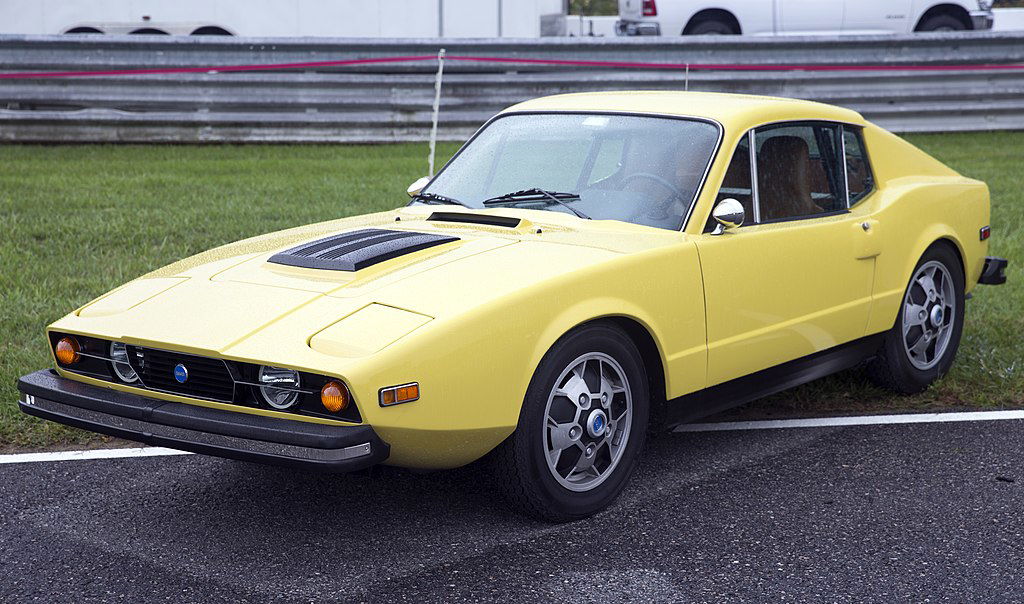
1. Ford Taunus V4: Ford of Germany produced the Taunus V4 engine from 1962 to 1981. It was a small displacement V4 engine that propelled various Ford models, including the Ford Taunus, Ford Capri, and Ford Transit.
2. Saab Sonett III: The Saab Sonett III, produced by Saab from 1970 to 1974, featured a longitudinally mounted V4 engine. The Sonett III was a two-seater sports car.
3. Ford Fordson Major tractor: Ford produced the Fordson Major tractor from 1952 to 1964, equipping it with a V4 engine used to power agricultural machinery.
Apparently, there is no one-size-fits-all solution in engine configuration. The best choice depends on the specific needs of the vehicle and its intended use. The V4 engine may have lost all attractiveness to automakers but still offers a unique set of advantages that may make it the perfect choice for certain applications.
V4 Engines vs. Inline-4 Engines: A Comprehensive Comparison

Among the most common engine configurations are the V4 and Inline-4 engines. While they share the same number of cylinders, the similarities largely end there. This section will provide a detailed comparison of V4 and Inline-4 engines, unveiling their differences, advantages, and potential drawbacks.
V4 vs. Inline-4: Size And Space
The V4 engine’s compact size is one of its main advantages. The V-shaped configuration reduces the engine's length, making it more suited to applications with limited space. Conversely, Inline-4 engines, while still relatively compact, are longer due to their linear configuration, which may require more space lengthwise.
V4 vs. Inline-4: Balance And Vibration
V4 engines typically have an edge when comparing their balance and lower vibration qualities to the inline-4.
The V-shape layout contributes to a natural balancing of forces, which minimizes engine vibration and makes the ride much smoother. Inline-4 engines, on the other hand, are generally smooth-running but do not typically match the V4’s balance, especially at higher RPMs.
V4 vs. Inline-4: Power And Efficiency
Comparing the V4 and inline-4’s power and efficiency is far from a straightforward matter. Modern Inline-4 engines can deliver remarkable fuel efficiency and a broad power range, suitable for various vehicles.
However, a well-tuned V4 engine can also offer efficient performance, with the potential for higher power outputs in certain applications, particularly motorcycles and performance vehicles.
V4 vs. Inline-4: Maintenance And Cost
Inline-4 engines have a clear lead in terms of maintenance and cost. The simplicity of their design makes them easier and cheaper to repair, with parts being widely available.
On the other hand, V4 engines are simply more complex and expensive to maintain, with repairs potentially requiring more specialized knowledge and parts.
The Last Word On The V4
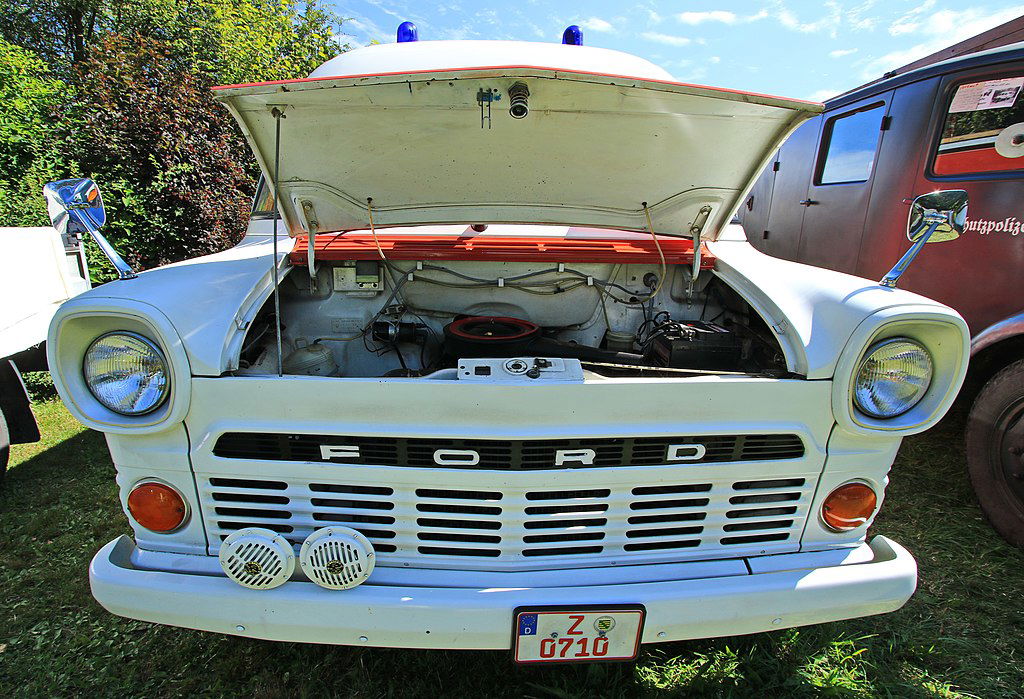
While the V4 may not be the most common engine configuration, its unique blend of performance, compactness, and smoothness makes it a valuable component in the automotive industry, and it's very likely the V4 engine will continue to play a significant role in shaping the future of automotive and motorcycle engineering.
So, understanding the differences between these engine configurations can help automotive enthusiasts, potential car buyers, and casual readers make informed decisions and appreciate the engineering that goes into our vehicles. Whether it's the smooth and compact V4 or the reliable and efficient Inline-4, each has a significant role in powering our journeys.